Costa Rica is a country that surprises for the simplicity and friendliness of its people, for the incredible natural wealth and biodiversity of its geography and for the extraordinary beauty of its beaches. Whether you travel along the Pacific or Caribbean coast, Costa Rica and its “Pura Vida” slogan do not disappoint at all: Almost all of its beaches are located in natural areas, with dense tropical vegetation and sand ranging from white to hazelnut. They are famous for their sunsets, the calm of their waters and the gentle waves, but also because they are the habitat of species of fauna and flora that are unique in the world. They are also favorite places for lovers of nature, tranquility, and the sea.
In this note we present a list of 7 amazing beaches and places to visit in this Central American country, prepared by our guest collaborators: the journalist and photographer Alimié Torres, and the photographer Alexánder Solórzano, who from the capital, San José, have prepared recommendations and suggestions, along with a gallery of the best photos taken by themselves.
- Celeste River
The Celeste River is a river in Costa Rica, located in the province of Alajuela, within the Tenorio Volcano National Park, in the Arenal-Tempisque Conservation Area. It is formed by the confluence of the Buena Vista and Quebrada Agria rivers on the slopes of the Tenorio volcano. The curious color of its waters that run for more than 14 kilometers of channel, draws a lot of attention to tourists and visitors. Recently, investigations have determined that the light blue or turquoise color is nothing more than an optical illusion: The water has suspended particles of colloidal silica that bounce the blue tones when it hits the light. This makes them appreciate more intensely.
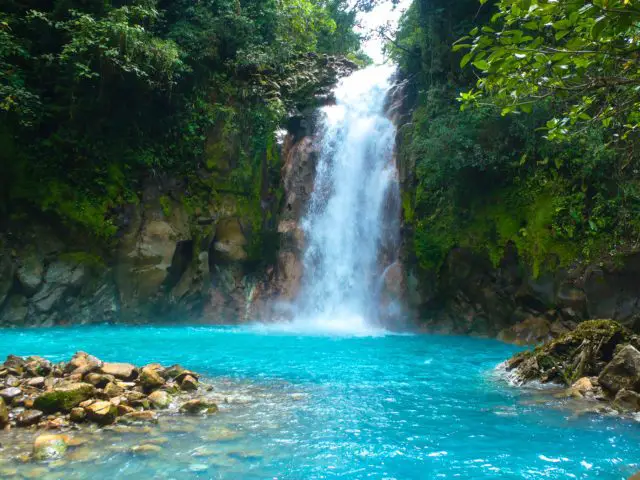
Bathing in the Celestial River is prohibited, given the high concentration of chemical substances. However, you will be able to enjoy the area, covered with dense tropical vegetation, native fauna, birdsong and spray from waterfalls that cover the whole place with mist and humidity. It is recommended to wear suitable footwear and clothing —mountain boots—, as well as mosquito repellent, sunscreen and water. Even in the dry season it is possible that it rains since it is located in the north of the country, in an extremely humid and wooded area.
- Puerto Viejo de Talamanca
Puerto Viejo de Talamanca is a city in the southeast of Costa Rica, on the Caribbean coast. The province of Limón is located, bordering with neighboring Panama. It is famous for its perfect surfing waves of Salsa Brava and its beaches, such as Playa Negra. The Jaguar Rescue Center rehabilitates lynxes and other animals. The Gandoca-Manzanillo National Wildlife Refuge has jungles, swamps and mangroves. To the north, the Cahuita National Park protects a large coral reef and has a dive site where you can see shipwrecks.
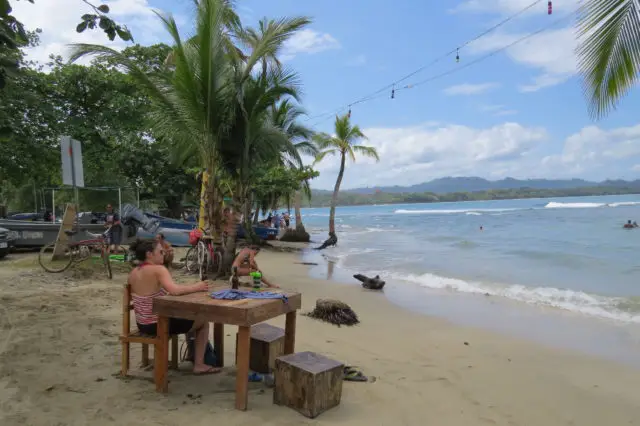
Puerto Viejo is surrounded by beautiful beaches where you can surf and relax with the swing of a hammock, although the main attraction is exploring the natural environment that surrounds this fishing town, such as the Cahuita National Park. Puerto Viejo maintains the same surfing and reggae vibe that Bocas had. The variety of nationalities that visit this town stands out, giving the place a very cosmopolitan atmosphere, and an interesting cultural diversity. The bicycle is the most common vehicle to get around this small coastal town, to go shopping or simply from one beach to the other.
- Bajos del Toro
Bajos del Toro Costa Rica is located in the central zone of the mountain next to the Juan Castro Blanco National Park. Likewise, it is located between Poás and Rincón de la Vieja, almost 90 minutes from San José. This area offers visitors the opportunity to explore a relatively unknown part of Costa Rica. Although situated close to a number of popular tourist destinations and nature reserves, Bajos del Toro offers good entertainment, landscapes and views to enjoy, even better if you are a tourist or visitor who prefers places away from mass tourism. In this area you can enjoy the Cascada del Toro, an amazing waterfall that fills the place with the sound of living nature.
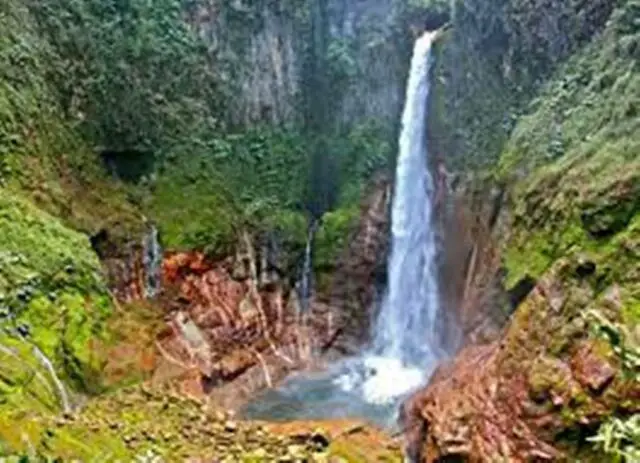
The water rushes down the brightly veined cliffs and splashes into a small lake or reservoir of turquoise waters surrounded by lush tropical vegetation. A hike around the waterfall can reward even the strongest adventurer with a strenuous climb, while offering a ground-level view of flourishing plant and animal life. From here you can go hiking, walking, and even visit the Montaña Sagrada Nature Reserve, which has incredible native fauna: 44 species of amphibians, 32 species of reptiles, 30 species of mammals, and 144 species of birds, highlighting the Quetzal, Goldfinch and the Pava, among others.
- Avellanas Beach
This beach is located on the Costa Dorada of Guanacaste and has world-class waves and relaxing beaches that make it a paradise for surfers. One of its surf sections is called “Little Hawaii” as the waves can reach up to 5.5 meters, attracting experienced surfers from all over the world.

Due to its isolated nature, Playa Avellana is a quiet place to enjoy a good book or a quiet siesta. It’s also a great place to enjoy a picnic, where you can refuel before hitting the waves in the second half of the day. In addition, it has a mangrove cemetery, with an incredible landscape, in which this type of vegetation predominates on a bed of shallow water and sand.
- Nosara
Also known as Boca del Nosara or Bocas de Nosara is the town known as the sixth district of the canton of Nicoya, in Costa Rica. The town is about 4 meters above sea level. It is a valley irrigated by the Nosara River and surrounded by hills that offer views of the valley and the Pacific Ocean. The place is also famous for its wildlife sanctuaries and fauna refuges.
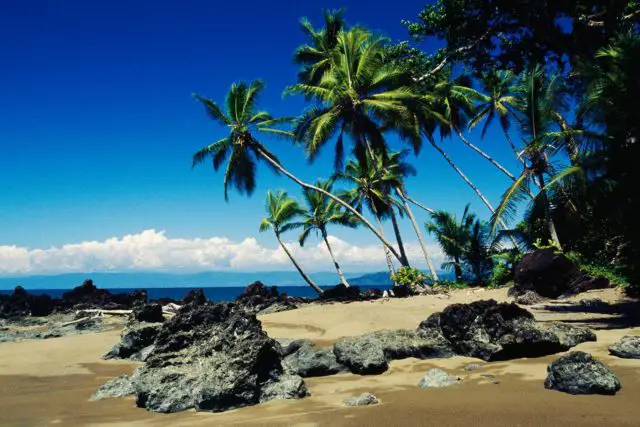
This remote town that, in colonial times, belonged to Nicaragua, has beaches with jade-colored waters, including Playa Pelada, Playa Garza Nosara, and Playa Guiones, as well as lush tropical jungles that are inhabited by fascinating creatures. Nosara is perfect for enjoying yoga, and it has companies specialized in carrying out non-conventional tourist visits, for example by jeep, kayak, canoe, and horseback. The wonderful Costa Rican landscapes thus become much more than magnificent images and unforgettable impressions, as they are vividly enjoyed and leave an indelible mark on memory.
- San Juanillo Beach
San Juanillo is located in the extreme west of Costa Rica along the Pacific Ocean, and nearby cities include Marbella to the north, as well as Ostional, Nosara and Garza to the south. Playa San Juanillo Costa Rica is a remote beach with white sand and crystal clear turquoise waters, whose point is lapped by the sea on both sides. At one end, it has a rock formation, which can be climbed without much effort. All this makes San Juanillo beach one of the most beautiful landscapes in the country. In addition, San Juanillo beach is located next to the town that bears the same name, whose main activity is fishing.
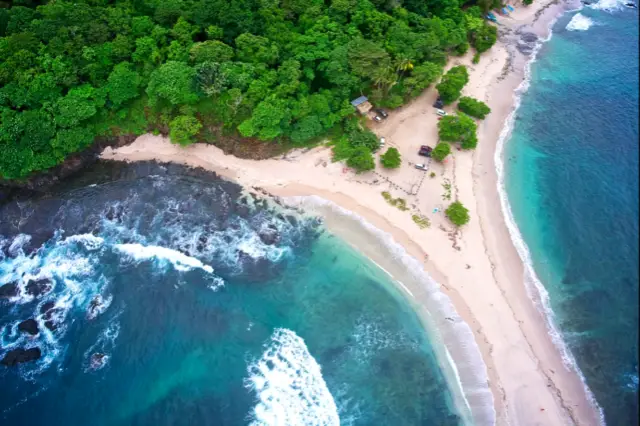
For those who want to get to this picturesque city as quickly as possible, there is a regional airport located in Nosara that can be accessed from the capital. In the place we find fishing boats that offer tours to see turtles, dolphins, whales and even manta rays. San Juanillo is described as a living painting: white sand, turquoise water, gentle waves, and a sunset worth seeing until the last minute. One of its most popular attractions is the sand path and the rock formations that divide it into 2 beaches, one with more sand and the other with more stone.
- Cahuita
Cahuita is a town on the Caribbean coast of Costa Rica, near the border with Panama. Located along the long southern Caribbean coast, the beautiful black sand beaches of Cahuita are some of the most relaxing and exotic in Limon. Here is also the Cahuita National Park, where you can find coral reefs and Playa Blanca, with clear sands. The name Cahuita comes from the terms “Kawe” which means “Sangrillo” (tree of the area) and “Ta” which means “tip”, that is to say “Punta Sangrillo”.
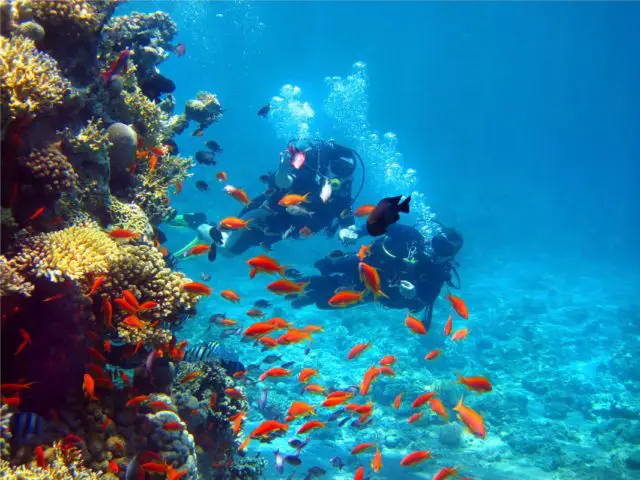
Cahuita National Park is unique in Costa Rica for its close relationship with the community; a true example of shared management between the community and the government, for sustainable development at the community level. The participation of community park rangers and lifeguards is highlighted, through shared governance management. In the jungle of the park there are toucans, monkeys and turtles. To the north is Playa Negra, a dark sand beach known for its strong waves. Further north is the Sloth Sanctuary, which rescues injured sloths or sloths without family to care for them.

For those who have experienced shifts in consciousness and know that more peace, joy, and love awaits in a better living environment. A bold shared vision. A living community and hub for innovation. A sustainable ecosystem for living and working. A model for the new future.
